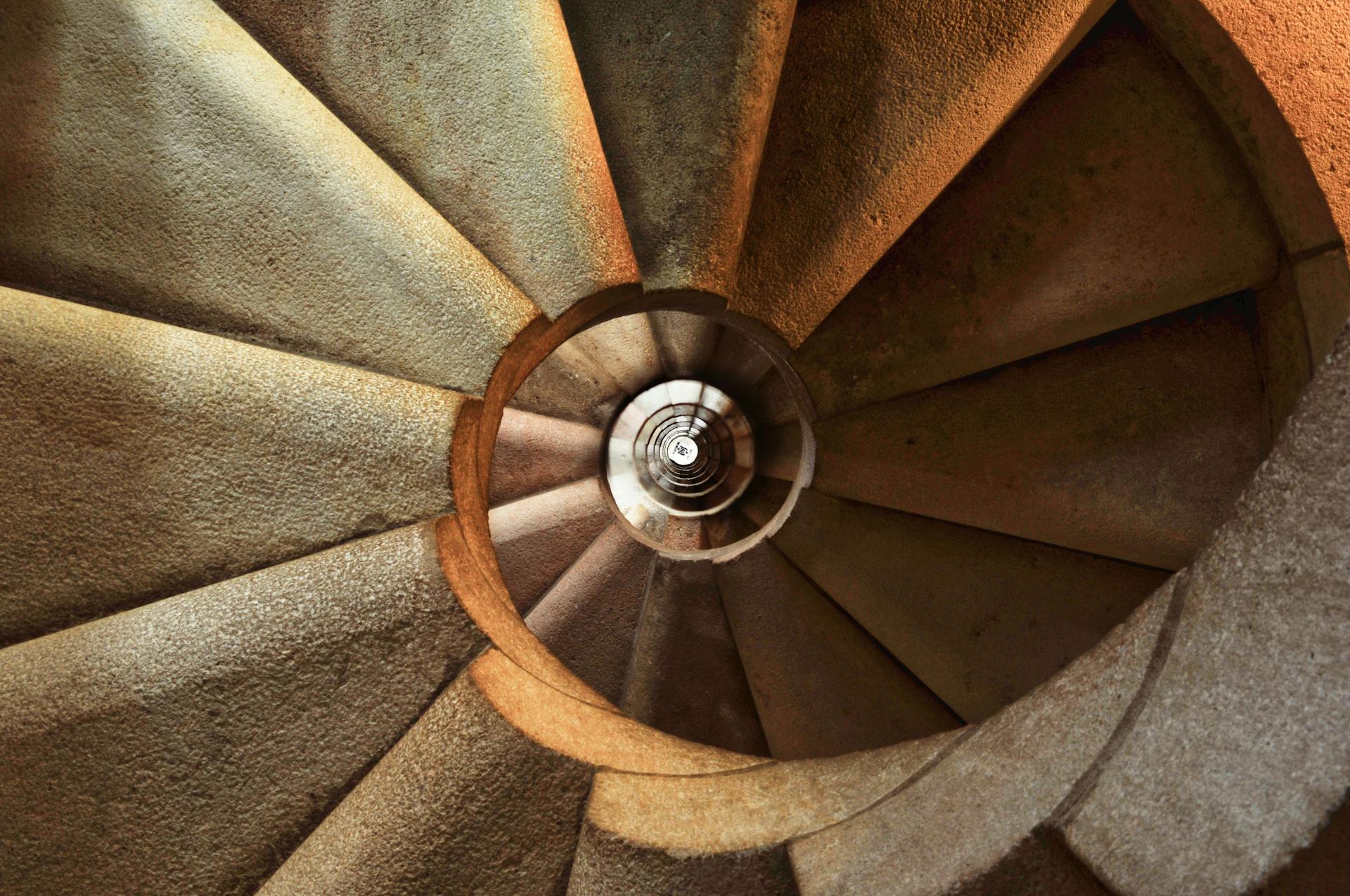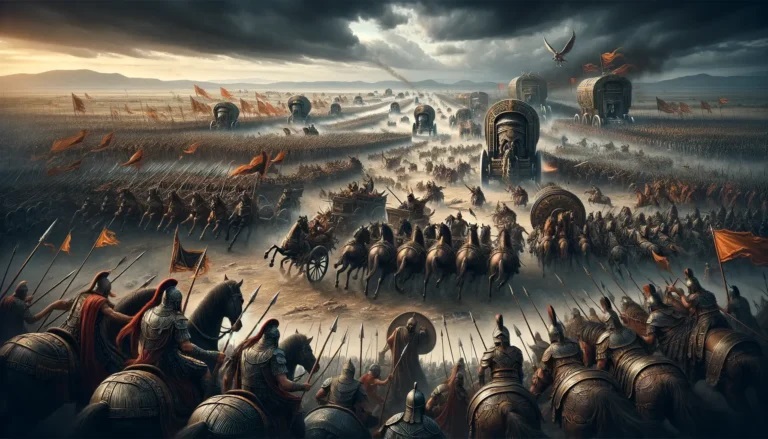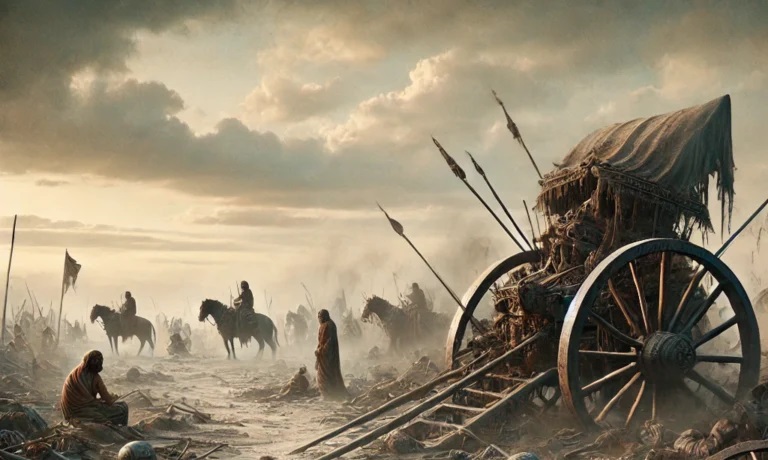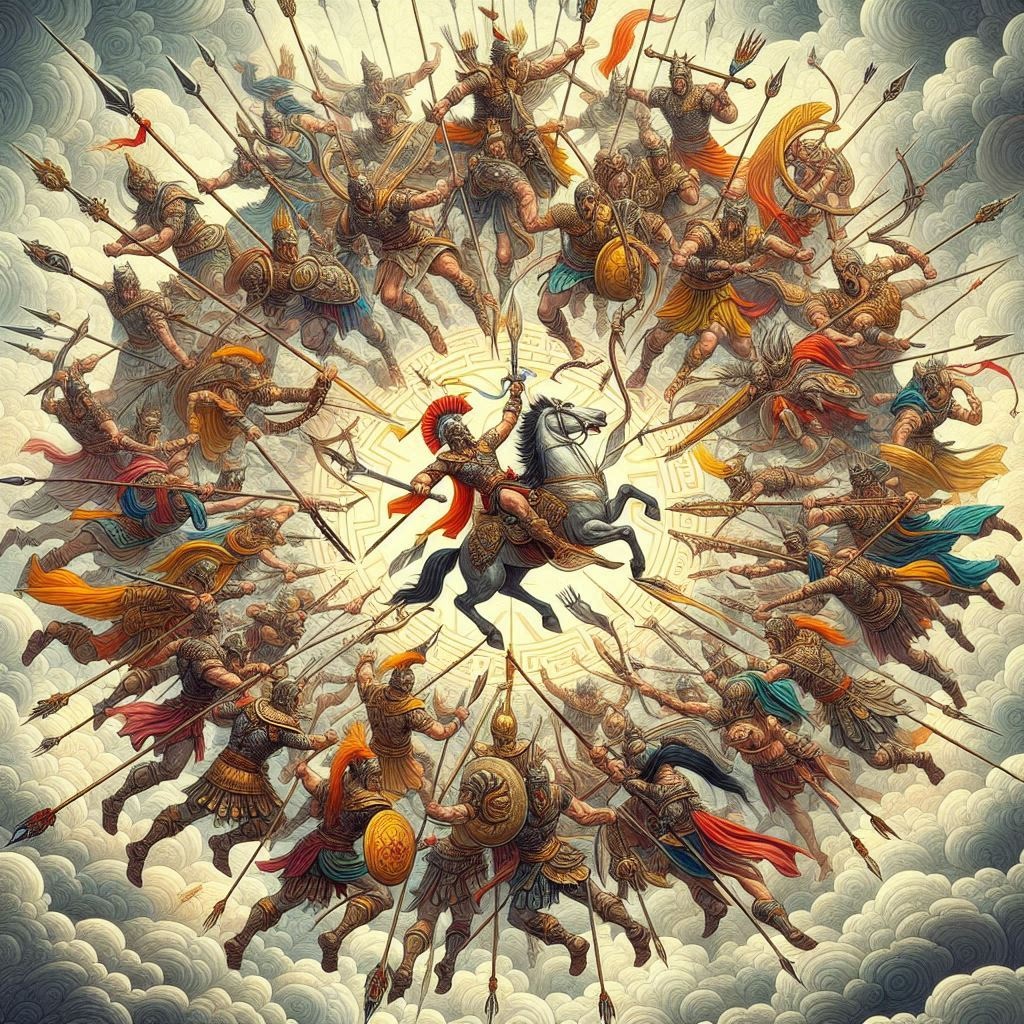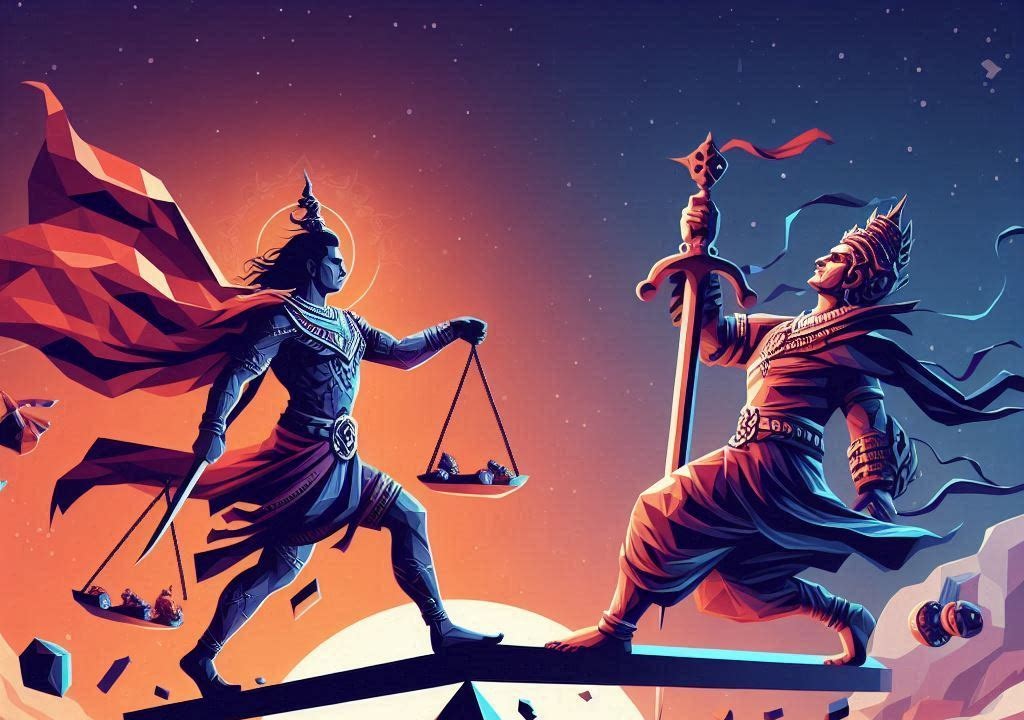The seventh day of the Kurukshetra war was a complex interplay of strategic maneuvering, individual valor, and the relentless march of fate. The battlefield became a living chessboard upon which the Kauravas and Pandavas engaged in a battle of wits and might.
The Kauravas, adopting the circular Mandal Vyuh, sought to create an impenetrable fortress while simultaneously launching offensive strikes. In response, the Pandavas countered with the Vajra Vyuh, a formation designed to pierce through the enemy’s defenses and disrupt their cohesion.
This tactical dance, a testament to the military genius of both sides, was punctuated by moments of individual heroism. Bhagadatta, Ghatotkacha, Nakula, and Sahadeva, a formidable alliance, unleashed their combined might against the Kaurava lines, their exploits echoing through the battlefield. Their success, however, ignited the fury of Bhishma, the grand old warrior, who responded with a counterattack marked by unparalleled ferocity. The Pandavas, while demonstrating remarkable courage, suffered heavy losses, the death of Virat’s son, Shankh, being a particularly poignant reminder of the war’s human cost.
Yet, amidst the despair, there were glimmers of hope. Iraavan, Arjuna’s son, emerged as a new hero, his victory over the Kaurava warriors Vind and Anuvind serving as a much-needed morale boost for the Pandavas. His courage, a testament to the enduring spirit of the Pandava lineage, offered a counterpoint to the day’s prevailing gloom.
The seventh day concluded with a sense of ambiguity. While the Pandavas demonstrated resilience and tactical acumen, the Kauravas proved equally formidable. The battlefield, a macabre tapestry of life and death, bore witness to the relentless nature of the conflict. Neither side had gained a decisive advantage, and as the sun dipped below the horizon, the war raged on, its outcome shrouded in uncertainty. It was a day of mixed fortunes, a day when the aspirations of both armies were tempered by the harsh realities of war.

